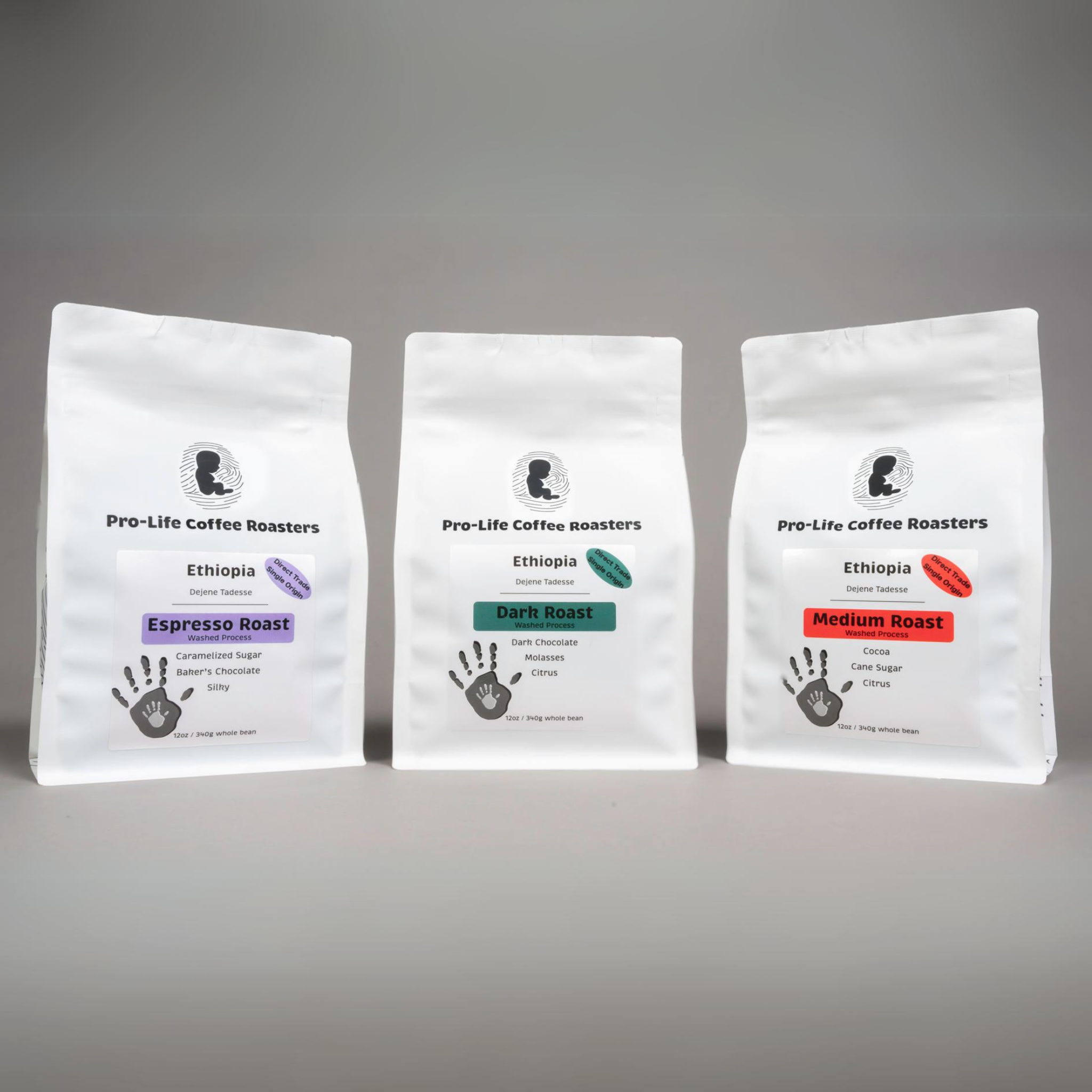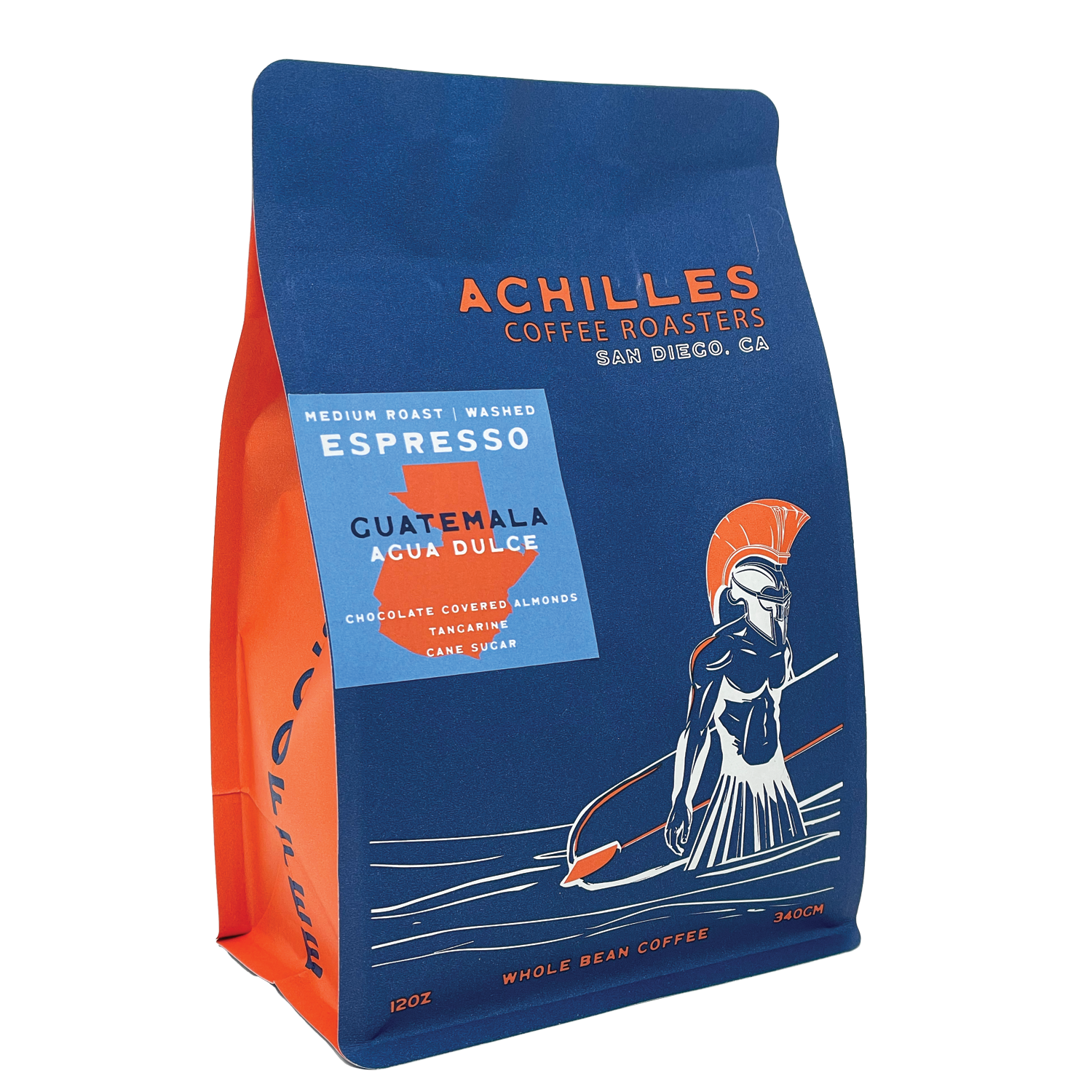Pairing Food and Desserts with SOE Single Origin Espresso
Pairing Food and Desserts with SOE Single Origin Espresso
Blog Article
Coffee Beans 101: Every Little Thing You Need to Learn About Espresso and Blended Coffee Beans
When it comes to coffee, recognizing the subtleties of espresso and mixed beans can change your everyday cup. You'll find the unique characteristics of Arabica and Robusta beans, and how each influences flavor and high levels of caffeine content. From the expanding process to toasting strategies, every action contributes in your coffee experience. So, what makes the perfect brew? Let's check out the necessary components that add to an extraordinary mug of coffee.
Recognizing Coffee Beans: Kinds and Ranges
When diving into the globe of coffee, recognizing the types and varieties of coffee beans is essential for every lover. Arabica beans are understood for their smooth, complicated flavors and lower high levels of caffeine web content, making them a preferred among coffee aficionados.
Within these varieties, you'll locate various regional ranges, each bringing one-of-a-kind attributes. Ethiopian Yirgacheffe provides intense floral notes, while Colombian beans provide a well-balanced taste account. As you discover, remember to take note of processing methods like cleaned or natural, as they can considerably influence the last preference. By familiarizing on your own with these beans and their tastes, you'll raise your coffee experience and make even more educated selections in your brewing trip.
The Growing Process: From Seed to Bean
When you discover the trip of coffee, all of it begins with seed choice techniques that set the foundation for high quality. From there, growing and collecting play crucial functions in ensuring the beans thrive. Finally, processing approaches change those gathered cherries into the coffee beans you enjoy.
Seed Selection Methods
Selecting the appropriate seeds is crucial for producing top quality coffee beans, as it lays the foundation for the entire growing procedure. You ought to start by choosing seeds from credible sources that prioritize quality and genetic diversity. Search for ranges recognized to prosper in your details environment and dirt conditions. Take notice of the seed's age and storage space conditions, as fresh seeds have a tendency to germinate far better. When possible, select natural seeds to reduce direct exposure to unsafe chemicals. Consider the illness resistance of different selections, as this can significantly influence your yield. Ultimately, do not be reluctant to talk to local farmers or experts to acquire insights right into the best seed options for your area. This knowledge will enhance your coffee-growing experience.
Farming and Harvesting
As you support your coffee seeds right into flourishing plants, comprehending the cultivation and harvesting process is vital for achieving the ideal flavor and top quality. Begin by growing your seeds in well-draining dirt, ideally in a shaded area to secure them from direct sunlight. As your plants expand, keep constant wetness, and bear in mind their demand for nutrients. Trim consistently to promote airflow and healthy development.
When it comes time to harvest, seek ripe cherries, which typically transform a vibrant red. Hand-picking is commonly the ideal technique to guarantee just the ripest cherries are chosen. Timing is crucial; collecting also late or too very early can impact the taste profile of your beans. Accept persistence and care, as this is where high quality begins.

Processing Approaches Explained
When you've collected your coffee cherries, the following essential step is refining them to change those dynamic fruits into the beans you'll brew. There are two primary methods: the wet process and the dry procedure. In the completely dry process, you spread the cherries out in the sun to completely dry, permitting the fruit to ferment and impart one-of-a-kind tastes to the beans. On the various other hand, the wet procedure involves getting rid of the fruit right away and fermenting the beans in water, resulting in a cleaner preference. After handling, the beans are hulled, sorted, and normally dried out again. Each technique affects the flavor account, so try out both can help you find your preferred mixture. Recognizing these methods is vital to enjoying your coffee experience.
Roasting Techniques: Exactly How Flavor Is Created
When it comes to toasting coffee beans, understanding roast levels is crucial to exposing their distinct tastes. Each toasting technique impacts the fragrance and boosts the taste development procedure, providing you a richer coffee experience. Let's discover just how these factors collaborated to elevate your day-to-day mixture.
Roast Levels Explained
Roast degrees play an essential function in shaping the taste profile of your coffee. By recognizing these degrees, you can better pick a coffee that matches your taste preferences. Experiment with different roasts to discover which one resonates with you, improving your general coffee experience and pleasure.
Effect On Fragrance
The roast level not just influences the taste of your coffee however likewise significantly influences its scent. Each toasting strategy releases various volatile compounds, shaping exactly how your coffee smells. Furthermore, the freshness of the beans plays a vital function; newly roasted coffee launches much more fragrant oils, boosting that luring scent.
Taste Advancement Process
As you check out the flavor growth procedure, you'll uncover that roasting techniques play a vital function fit the taste account of your coffee. The roasting temperature level and time directly affect the acidity, sweet taste, and resentment of the beans. Light roasts keep more of the bean's initial flavors, highlighting fruity and floral notes. Medium roasts balance acidity and body, providing a well-rounded flavor. Dark roasts, on the other hand, draw out bold, smoky attributes while diminishing the bean's integral qualities. During roasting, chemical reactions, like the Maillard response and caramelization, change the beans and improve their complexity. Explore different roasting degrees can aid you discover your best brew, so do not think twice to taste and find the abundant range of flavors! discover here
Coffee vs. Blended Coffee: Secret Distinctions
Coffee and combined coffee each offer one-of-a-kind experiences useful source that accommodate different tastes and preferences. Espresso is a focused coffee brewed by forcing warm water via finely-ground coffee beans, leading to an abundant, vibrant flavor and a velvety layer of crema ahead. It's commonly taken pleasure in as a shot or used as a base for drinks like cappucinos and cappuccinos.
On the various other hand, mixed coffee combines different beans from various regions, developing a much more balanced flavor account. You'll usually locate blends that highlight body, sweetness, or acidity, making them flexible for different brewing techniques. While espresso concentrates on intensity, blended coffee may offer a wider variety of flavors that can change with each sip.
Ultimately, your option between espresso and blended coffee boils down to your individual choice. Whether you yearn for a quick shock or a leisurely cup, both choices have something tasty to provide.

Developing Techniques: Unlocking the Perfect Cup
When it concerns developing coffee, finding the right method can transform your experience and boost your cup. Each developing strategy has its distinct charm and can significantly affect your coffee's taste and fragrance. For instance, utilizing a French press permits you to go right here delight in a full-bodied and abundant mixture, while a pour-over approach offers a tidy, intense mug with distinctive tastes.
If you favor coffee, purchasing a quality equipment can aid you understand the art of drawing shots. For ease, a single-serve sheathing system supplies speed without sacrificing taste.
Don't fail to remember about cold brew, which delivers a smooth, much less acidic coffee suitable for warm days. Experiment with various techniques to uncover what reverberates with your taste buds.
Sampling Notes: Determining Taste Profiles
Exactly how can you absolutely appreciate your coffee if you don't know what flavors to look for? Sampling notes are your guide to comprehending the intricate world of coffee. Some coffees may leave a chocolatey or sugar aftertaste, while others might have a brilliant, clean surface.
Think about the body of the coffee, as well; is it ventilated and light or thick and syrupy? Do not forget acidity; a bright level of acidity can add spiritedness, while a low acidity could provide a smoother experience. By identifying these flavor profiles, you'll deepen your link with each mug, making coffee sampling a fascinating trip of discovery.

Tips for Selecting and Storage Coffee Beans
Saving and choosing coffee beans effectively can considerably improve your developing experience. Beginning by choosing high-grade beans that fit your taste - SOE.
When you have your beans, save them in a closed container to avoid direct exposure to air, moisture, and light. A dark, trendy place functions best, so avoid keeping them in the refrigerator or freezer, as this can introduce moisture. Only grind the amount you require to keep quality; whole beans maintain taste longer than pre-ground coffee.
Lastly, try to utilize your beans within two to 4 weeks after opening for peak taste. Following these ideas will ensure your coffee remains savory and delightful, raising your everyday brew to brand-new elevations.
Often Asked Questions
How Much Time Do Coffee Beans Remain Fresh After Toasting?
Coffee beans stay fresh for regarding two weeks after roasting - SOE. You should store them in an impermeable container, far from light and wetness. After that, their flavor and scent begin to reduce considerably

Can I Mix Different Coffee Bean Varieties?
Absolutely, you can mix different coffee bean selections! Try out blends can enhance flavors and produce a special preference profile. Simply ensure to stabilize the strengths and attributes of each variety for the ideal outcomes.
What Is the Suitable Grind Dimension for Coffee?
For coffee, you'll want a fine work dimension, about the appearance of common salt. This enables ideal extraction, causing an abundant, savory shot. Experiment a bit to locate what matches your taste best!
How Does Altitude Affect Coffee Bean Taste?
Elevation influences coffee bean taste by influencing the development price and chemical composition. Higher altitudes lead to slower maturation, which enhances level of acidity and complexity, giving your coffee a one-of-a-kind and lively taste you will not neglect.
Are There Decaffeinated Variations of Coffee Beans?
Yes, there are decaffeinated versions of coffee beans. You can take pleasure in an abundant coffee taste without the high levels of caffeine kick. Simply search for "decaf" blends at your regional coffee bar or specialty store.
Coffee Beans 101: Every Little Thing You Required to Know Concerning Coffee and Blended Coffee Beans.
When diving into the world of coffee, recognizing the types and ranges of coffee beans is vital for every fanatic.When it comes to roasting coffee beans, comprehending roast levels is crucial to revealing their one-of-a-kind tastes. Espresso is a concentrated coffee made by forcing hot water via finely-ground coffee beans, resulting in an abundant, vibrant taste and a luscious layer of crema on top.On the various other hand, blended coffee integrates numerous beans from different regions, producing an extra balanced taste account.
Report this page